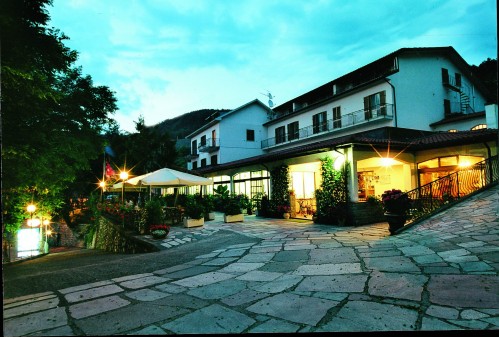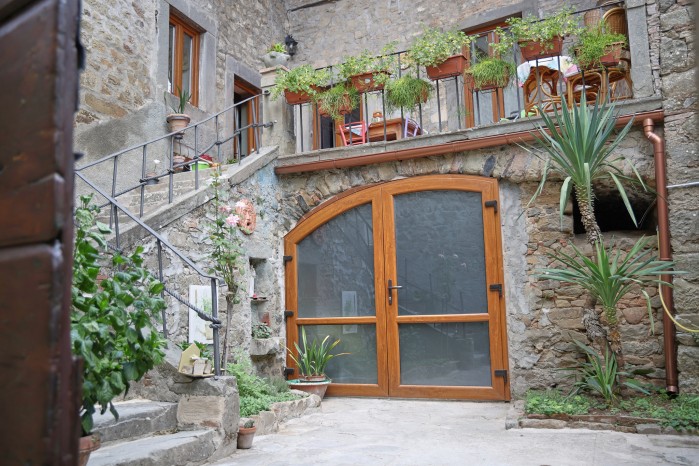Garfagnana Vacation Rental
Holiday in Garfagnana Villas and Apartments
Vacation Rental in Garfagnana

Minucciano - RIF. S54
Accommodation Type: Bed and BreakfastArea: Garfagnana Position: Countryside
Province : Lucca
This holiday accommodation in Tuscany is located in a panoramic area at 850 m above sea level near Monte Argegna and the Passo dei Carpinelli (Carpinelli’s Pass), the “passage” connecting the area of Garfagnana to the region of Lunigiana, the doorway to Liguria. From here, both by main road or motorway, one can easily reach the famous coast of Versilia, the beautiful Cinque Terre and the Go
[Continues..]
Accommodations
| Apartments | Sleeps | Bedrooms | Bathroom | A/C | Balcony | Pet friendly | Internet | Prices From | ||||
| A124 | 2 | 1 | - |  |
 |
 |
€ | 65 | Daily | +Details | ||

Bagni di Lucca - RIF. S400
Accommodation Type: ApartmentsArea: Garfagnana Position: Countryside
Province : Lucca
In the medieval village of Benabbio, sitting on the mountains of Lucca at a height of 400 m above sea level, this rustic holiday accommodation offers guests not only breathtaking views but also a peaceful holiday, in touch with nature and far from everyday stress. For sports lovers, there are numerous hiking trails in the surroundings, a canyon park where you can practice rafting and canoeing, a s
[Continues..]
Accommodations
| Apartments | Sleeps | Bedrooms | Bathroom | A/C | Balcony | Pet friendly | Internet | Prices From | ||||
| A1003 | 9 | 3 | 1 | - |  |
 |
- | € | 163 | Daily | +Details | |
Pages: (2 results)
Vacation Rental
with services
in Garfagnana
© 2025 copyright Tuscany Holiday Rent S.L. - Calle Gema 4, 41020 Sevilla ,
P.iva ES B90300302
info@tuscanyholidayrent.com
info@tuscanyholidayrent.com









